At the Source AV, we discuss home audio & video, personal audio, home theater, home automation and speak with some of the movers and shakers in the music and HiFi industry.
Today, we take a deep dive into the Flagship Planar Magnetic Audeze LCD-5. This article will focus on the build quality, design, and some of my sound impressions about the LCD-5.
I purchased the LCD-5 last year when it was first released after hearing it atCan Jam, so I have had plenty of time to formulate my long-term impressions about the LCD-5 paired up with several amplifiers, as well as I have already made some sound and build quality comparisons to a couple of other flagship planar magnetic headphones in the same price range such as the DCA Stealth and most recently the Meze Elite.
The LCD-5 is a brand-new design taking all the learnings and customer feedback over the last ten years to create a stunning Audeze flagship headphone.
One of the biggest complaints many audio enthusiasts had about the LCD-4 was the weight. Audeze has listened and taken that feedback when designing the LCD-5, with them only weighing in around 420gms. That is about a third less than the LCD-4!
The LCD-5 is hand-assembled in California and uses magnesium, aluminum, carbon fiber, and acetate as some of the build materials creating a lightweight yet rigid design. The overall size of the headphones and cups, are exceptional, making them easy to handle as well as balance properly on my head when wearing them.
The clamping force of the LCD-5 is a bit snug for my medium-sized head, and users with larger heads may find the clamp to be a bit too much. However, Audeze has said they will provide larger headbands for those of you with larger heads.
However, the clamping force and proper seal of the new sculpted earpads in my use of the LCD-5 play an essential role in the bass response. Wearing glasses and allowing the seal to be broken will reduce the quantity and quality of the bass. So, I would recommend either resting the frames of your glasses gently on the cups on each side or skipping wearing your glasses, if possible, for more serious listening sessions. This will deliver the best overall comfort and bass response.
Along with the new sculpted earpads, Audeze also incorporated new acoustically transparent mesh designed to minimize reflections and resonance. The LCD-5 also has newly designed low-profile Fazor waveguides, which further reduce diffractions and interactions with the ear.
Of course, Audeze also created brand new 90mm Planar Magnetic Nano-Scale Parallel Uniforce drivers for the LCD-5 with the Parallel Uniforce voice coil allowing increased space between the single-sided Neodymium N50 magnets increasing space between magnets for improved frequency response and a more open sounding sound stage.
The LCD-5 includes a fantastic aluminum travel case, premium braided cable, certificate of authenticity, and warranty card. The premium cable included with the LCD-5 can be terminated in 4pin XLR or Single-ended ¼” when ordering your pair. I am a fan of the included premium cable, which is rare, as most manufacturers tend to include very basic cables of less quality than what Audeze has chosen to include with the LCD-5.
The only thing about the build I would love to see for future iterations of the Audeze flagship is a new ear pad attachment strategy utilizing magnets like Meze Audio does to attach their pads. I would like to see this from all headphone manufacturers for their flagship models. The LCD-5 use double-sided adhesive tape, according to Audeze, to not compromise on the quality of sound.
The LCD-5 has a frequency response of 5Hz-50kHz, less than .1% THD, a sensitivity of 90db/1mW, and an impedance of 14ohms. I highly recommend a high-quality amplifier for the LCD-5 with excellent current delivery as they will sound their best with class A headphone amplifiers, neutral to warm solid-state amps with high current output, and high current tube amplification, which I will talk about in a moment when I get into my sound impressions.
Sound Impressions
So, let’s get into my favorite part of the article, how does the LCD-5 sound? Detailed, dynamic, transparent, precise, fast, and highly engaging are a few words that come to mind when describing the sound quality of the LCD-5.
The LCD-5 are true reference-quality sound headphones, allowing well-recorded music to sound magnificent. Not as well-recorded music is not as easily enjoyed or smoothed over from the highly resolving capability of the LCD-5, so that is something a potential buyer must take into consideration.
The LCD-5 is also highly transparent and will take on much of the sonic signatures of the source components and the amplification they are receiving, so quality system matching, as with all things in audio, is paramount.
The Bass of the LCD-5 is tight, well defined, with so much detail and information. The quantity of the bass sounds lighter than what one would expect from Audeze, but the quality of the bass is one of the best I have heard. I do find I enjoy the LCD-5 with an amplifier that has a bit more warmth and weight in the bass. You could also use tone control or EQ to slightly bring up the bass regions.
The midrange of the LCD-5 is highly detailed and energetic, with the upper midrange sounding forward, which is excellent for strings and most vocals on well-recorded music. On some recordings, vocals that fall in the upper midrange can get close to having a bit of shout. I preferred the LCD-5 paired with tube amplification much of the time as most of the tube amps I utilized helped a bit in the upper mid-range of the LCD-5.
Listening to Melody Gardot’s live in Europe album sounds spectacular on the LCD-5, especially when matched with a tube amp. Again, EQ and tone control are also options to make subtle adjustments in the upper midrange based on your personal preferences.
Treble on the LCD-5 isn’t bright, with the most significant peak to my ears falling somewhere in the upper mids to the lower treble region. Cymbals have enough energy for my ears. However, some users who prefer more treble may find the LCD-5 needs a slight bump in the treble region. The LCD-5 has more than enough treble and I found the upper mids and bass regions to be the main areas that needed a little adjusting.
Detail and resolution are one of the very best, if not the best, from a traditional planar magnetic or dynamic driver headphone at the time of making this article. Other flagships such as the Focal Utopia, Meze Elite, and DCA Stealth are all a step behind the highly resolving LCD-5.
This quality can be terrific on well-recorded and mastered music or a nightmare on poorly produced tracks as you will hear things on the recording you wish you didn’t. For a working professional in music production or movie editing, the LCD-5 is a spectacular tool, allowing you to resolve so much information on audio tracks and dialogue.
Dynamics on the LCD-5 are very good, giving drums excellent impact with very good punch for a planar magnetic headphone. The Utopia still sounds punchier in my experience, as one might expect from Focal’s Flagship Dynamic Driver headphones. I found the LCD-5, however, to have better punch and slam when compared to the Flagship Meze Elite and DCA Stealth.
Soundstage and imaging are terrific. The soundstage is highly believable with a balanced circular bubble around the listener’s head with excellent depth and width without sounding overly exaggerated or wide like the HD800s. When paired with Chord DACs, the depth of the soundstage is superb. Imaging is again class-leading in my experience with the LCD-5. Vocals and instruments are superbly placed and defined on the soundstage of well-recorded music.
Lastly, the timbre of the LCD-5 is relatively neutral sounding to my ears. They are not warm-sounding headphones or bright-sounding headphones. I feel they accurately display what the recording presents. For a listener looking for a more laid-back listening experience, the LCD-5 may not be the best fit due to the very energetic upper midrange.
The Meze Elite has a bit more relaxed sound signature while still being fairly resolving. ZMF timbre lovers will not find that same timbre presentation when listening to the LCD-5’s drier planar magnetic sound.
As far as amplifier pairings, I most enjoyed with the LCD-5 was the 300B ampsandsound Agartha, which displayed some of the best vocals I have ever heard from the LCD-5. The MHA200 with Amprex input tubes sounds very good with the LCD-5 on most recordings, making a midrange lover like me very happy when listening to well-recorded music, especially music that features vocals and strings.
The stock input tubes on the MHA200 added too much energy in the upper midrange for my preferences which is why I mentioned the Amprex input tubes as the LCD-5 picks up even the most subtle changes in your audio chain.
The ZMF Pendant with Amprex input tube and Telefunken Power tubes are another good match for the LCD-5, adding a bit of weight and dynamics to the sub-bass and bass regions. The iFi Pro-ican was another favorite of mine with the LCD-5, especially with the tube, hybrid tube mode, and XBass feature, allowing me to adjust the bass depending on the genre of music I was listening to.
The Audio Research I/50 integrated tube amplifier presents a cleaner, more neutral sound quality with the LCD-5 with a spectacular sound stage, making for an excellent reference listening experience.
As far as solid-state amplifiers, the Chord Hugo 2/2go and Chord TT2 were also great matches, with the red or filter four and orange or filter 3 being my favorites, giving the music a bit more warmth and natural sound when paired with the LCD-5.
Conclusion
In conclusion, the LCD-5 is a flagship planar magnetic headphone that technically outperforms most if not all its peers at the time of writing this article. It does require EQ, tone control, or proper system matching through the synergistic pairing of an amplifier and DAC to get the best sound quality for my preferences by increasing the bass a bit and smoothing the upper midrange some.
The LCD-5’s sound quality is one of the best I have heard for music production, video editing, as well as for superbly recorded music listening. The soundstage sounds open, airy, and well defined with class-leading detail and resolution. Lastly, the weight issue of previous Audeze flagship headphones has been resolved with the LCD-5.
My pair of Audeze LCD-5 headphones are going nowhere anytime soon. They will continue to be my flagship reference headphones for all personal audio videos we produce on ourYouTube channel. Their transparency, resolution, imaging and soundstage accuracy allow me to hear the subtle differences between amplifiers and DACs like no other headphone I have listened to at the time of writing this article can.
Through the proper use of system matching, EQ, or tone control, the LCD-5 could be the only headphone a personal audio enthusiast might ever need if isolation is not an issue. The LCD-5 are like chameleons taking to modification of their sound signature very well using tube amps, tone control, or EQ.
At the same time, a crappy-sounding amplifier or DAC will continue to sound crappy, but if you are willing to spend the money on the LCD-5, they deserve an amplifier and DAC to compliment them, allowing them to perform at their best.
I hope you enjoyed this article about my experiences with the Audeze LCD-5, and the information I shared helps you determine if they might be a good fit for you.
If you are in the greater Los Angeles region or just looking to make a trip to hear the LCD-5 or other incredible headphones, The Source Audio Video Design Group's showroom and headphone bar have one of the largest selections of audio enthusiast headphones to listen to in the country.
Until next time friends, always remember, let the music be your guide!

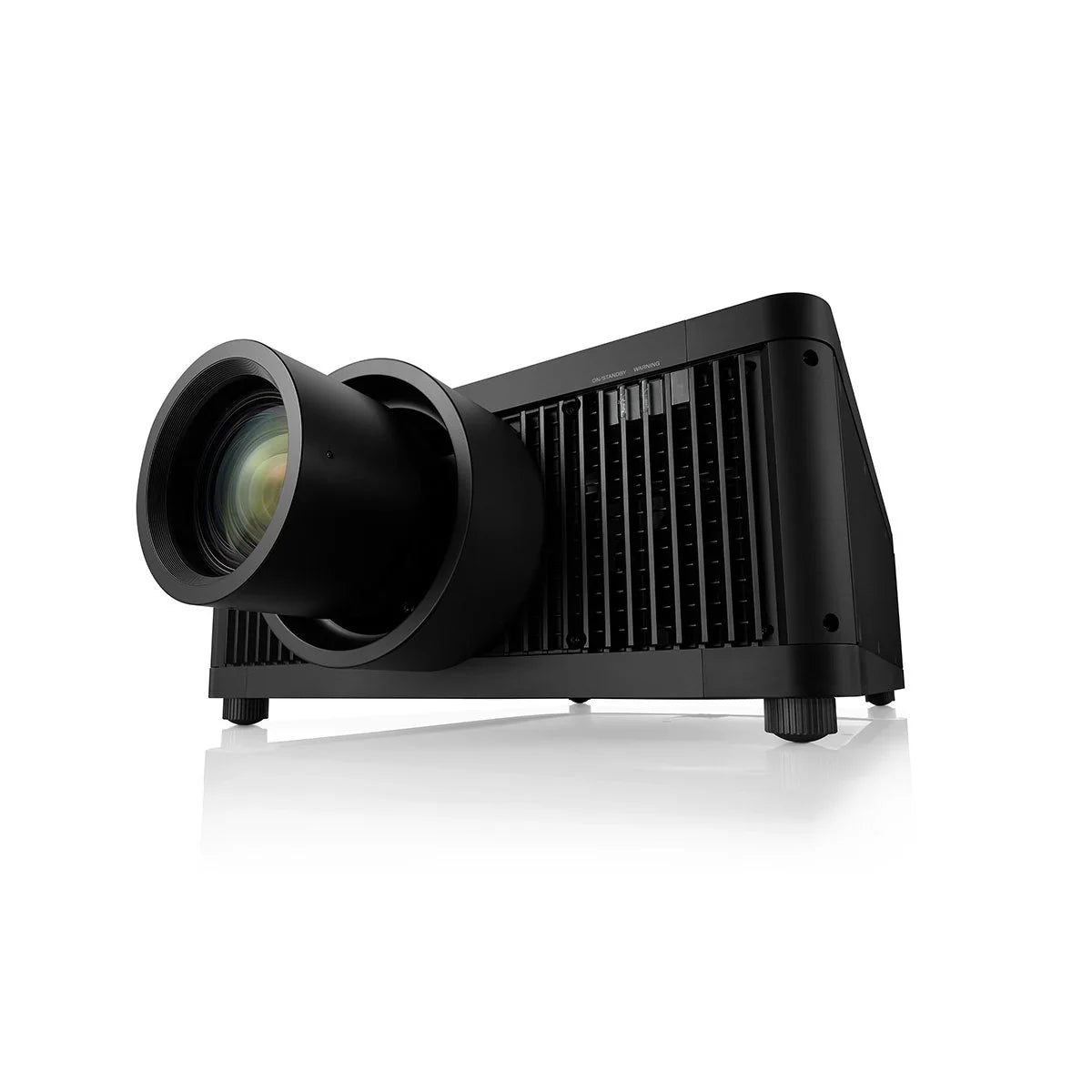
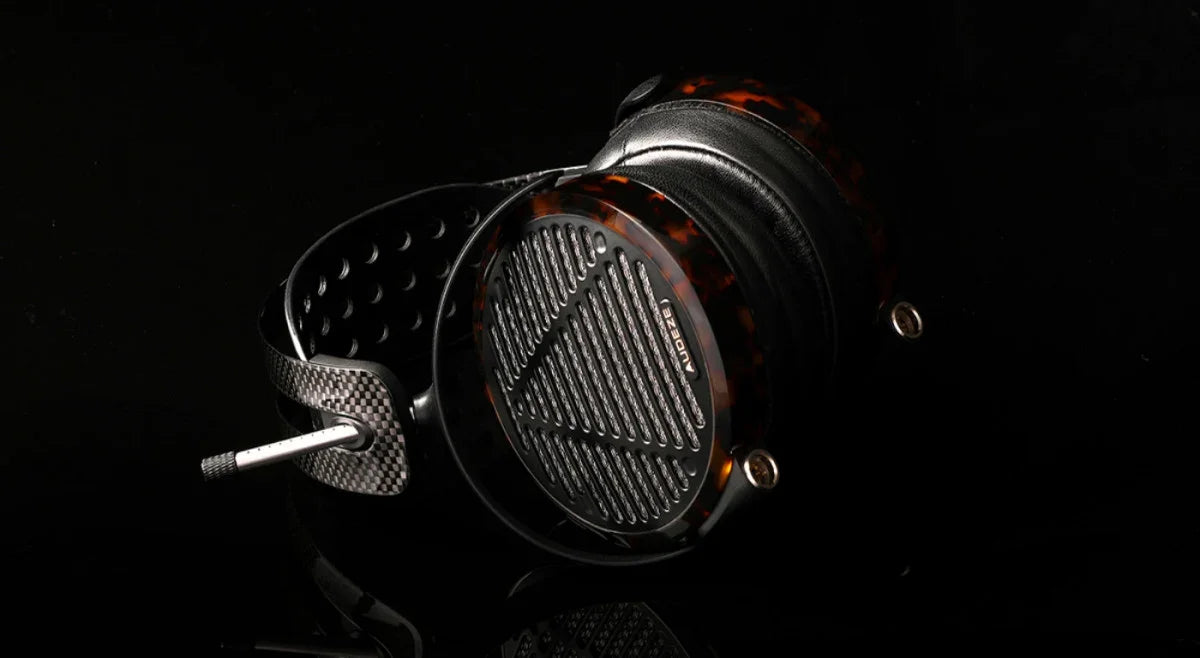



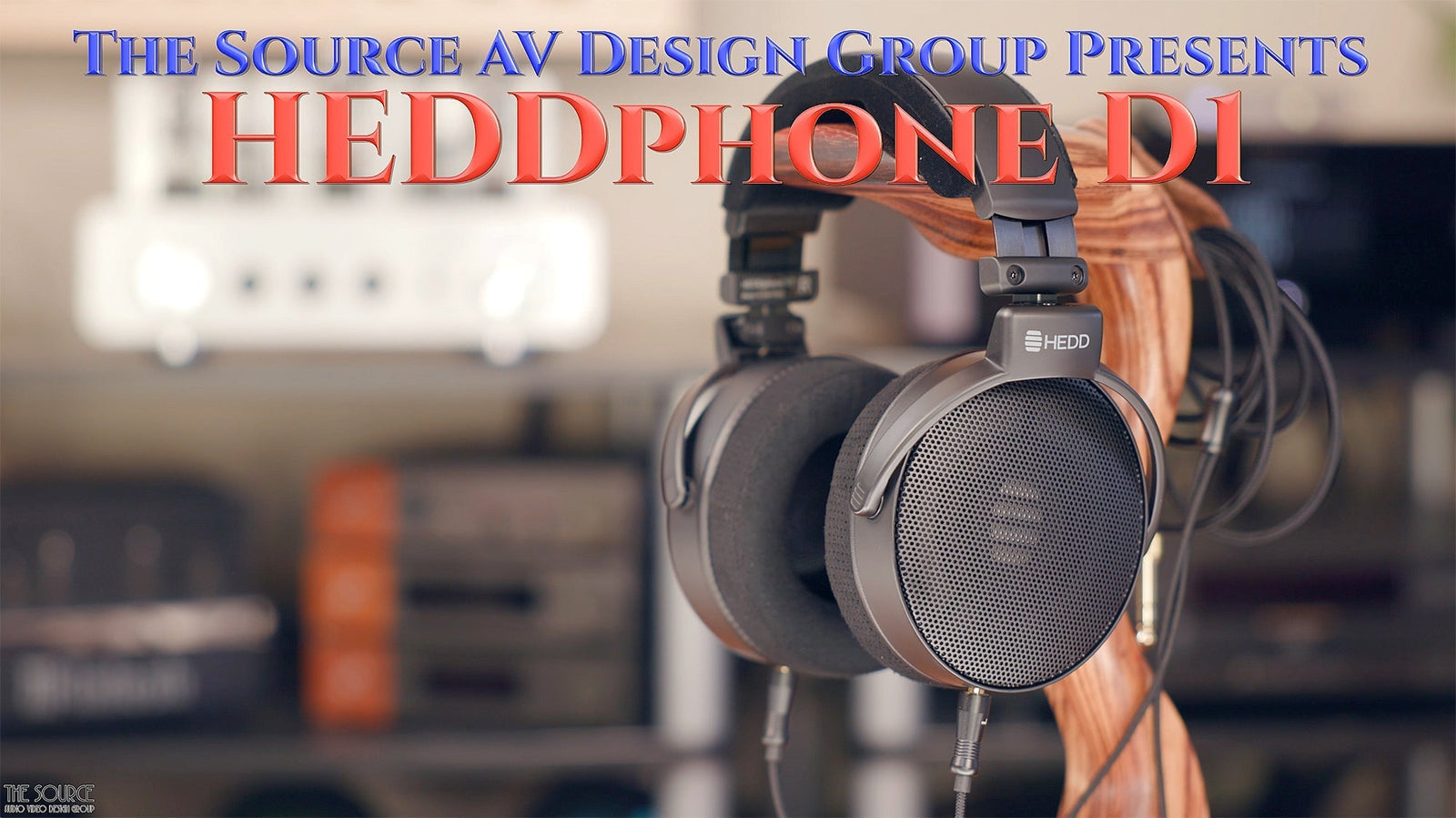
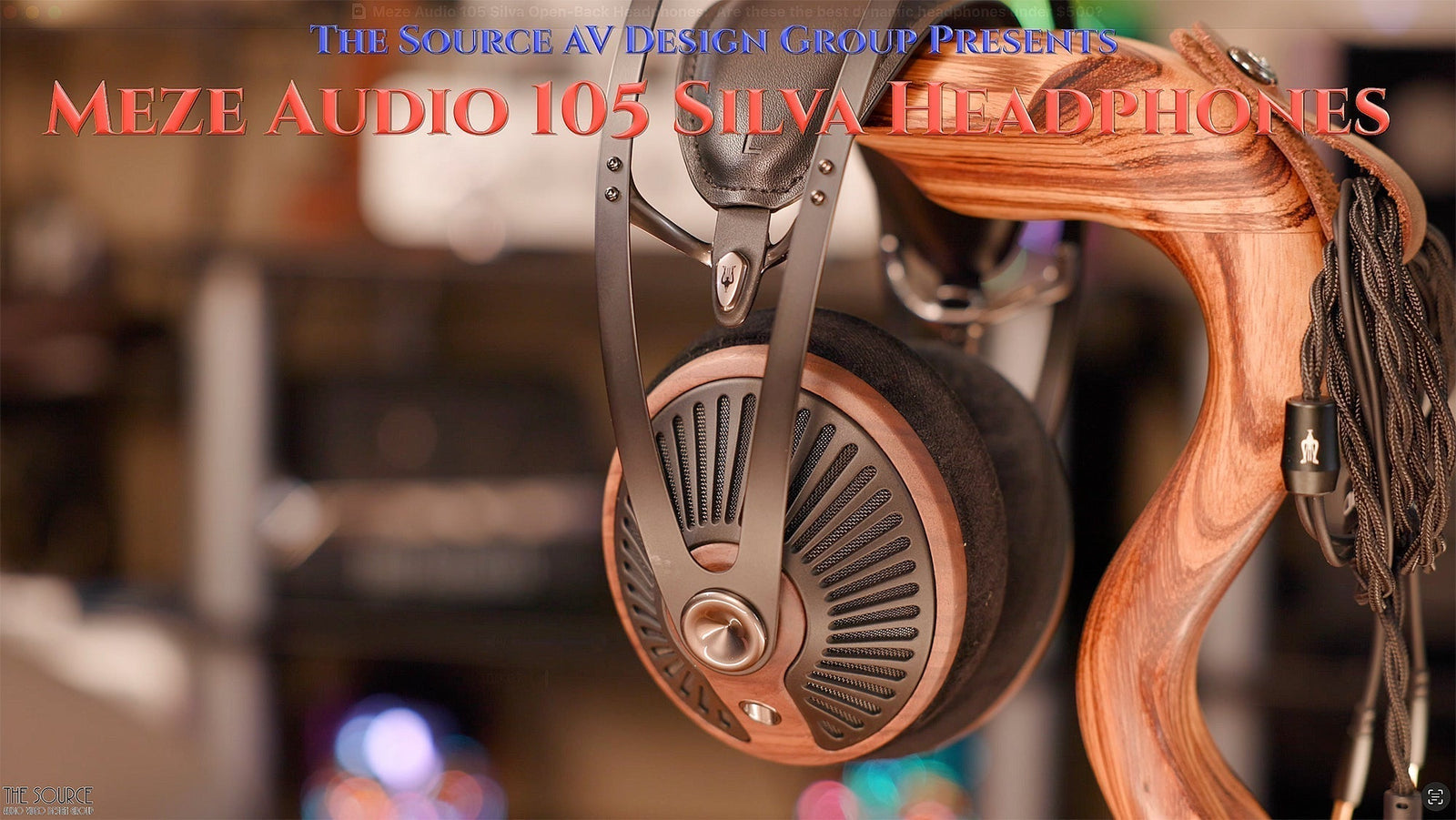
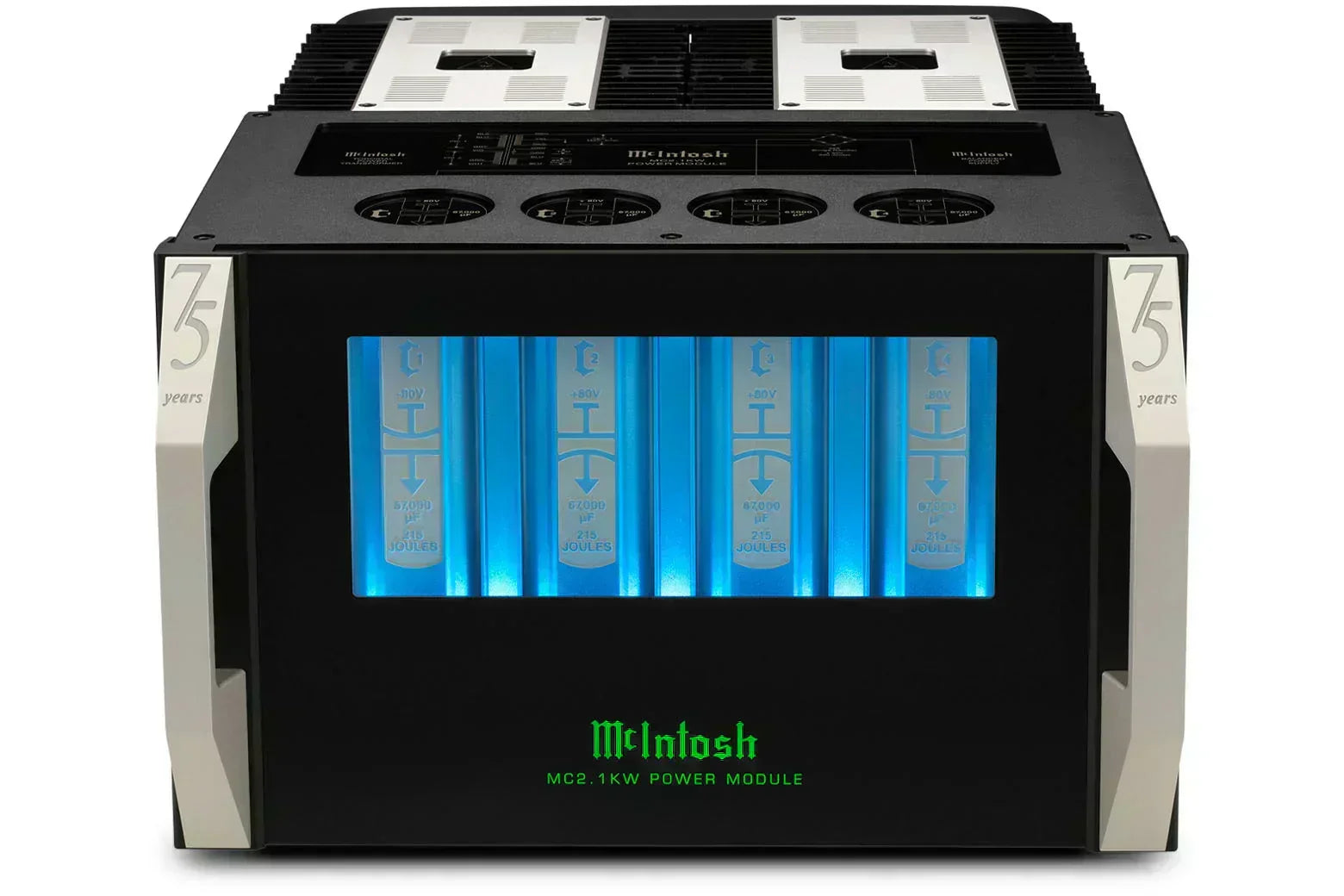
Leave a comment (all fields required)